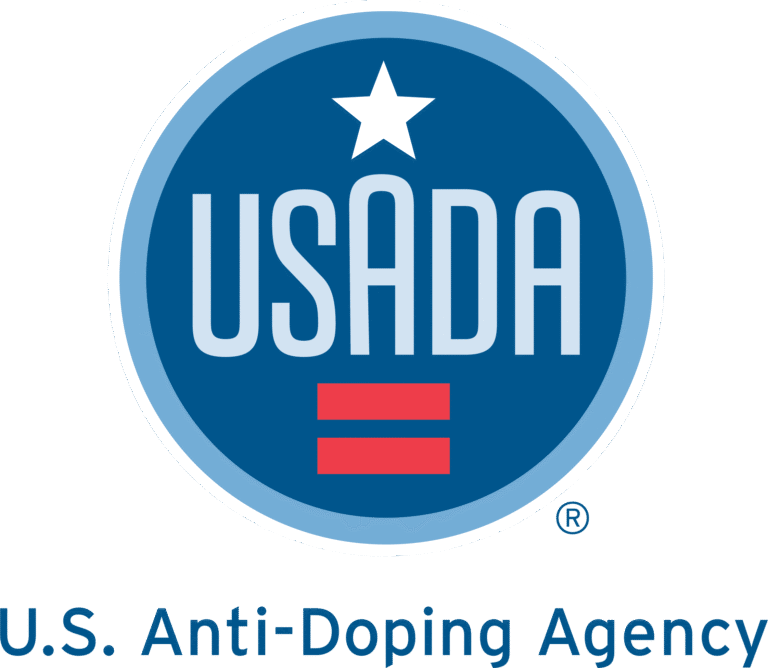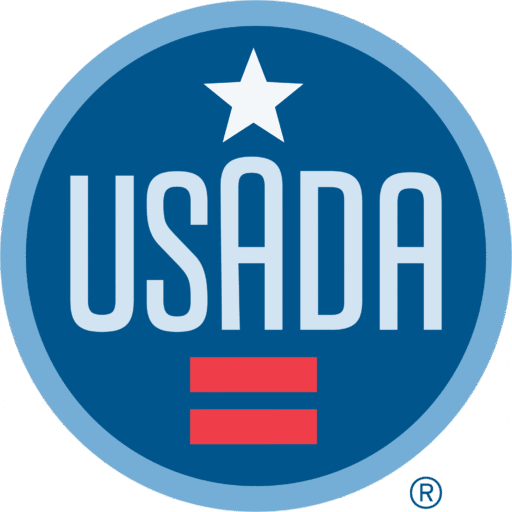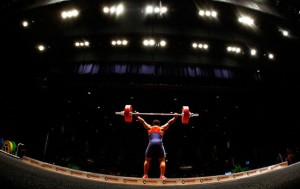Shortcomings of Cottier Report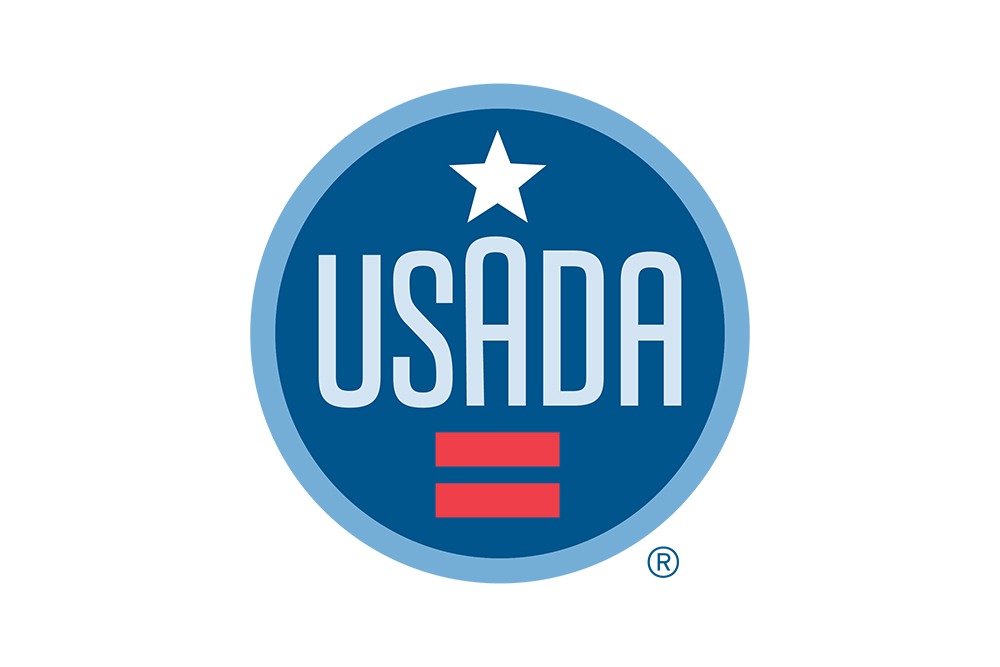
- The Cottier Report was premised on narrow questions, and Mr. Cottier repeatedly indicated his review was narrow, did not address the merits, and was a far cry from seeking justice.
- “The scope of the investigation is limited by the two questions to be answered, which focus on the Agency’s activity.” (p. 13).
- “[T]o reiterate once again, it is not for the Investigator to assess the conclusion of this [CHINADA] decision, i.e. the merits of the case. To do so would be to exercise, at least partially, the powers devolved to CAS.” (p. 39).
- “The sense of justice or injustice, however, goes far beyond the scope of this investigation.” (p. 53).
- Mr. Cottier chose not to interview WADA employees involved in the decision-making process “because such investigative measures appear unnecessary to answer the questions posed.” (p. 12).
- The report assumed facts presented by CHINADA without verification.
- “With the exception of swimmers from the local club, all others were accommodated at the Zhengding Huayang Holiday Hotel. . . . The hotel was not open to the public.” (p. 14).
- “As for the hotel, it was closed shortly after the competition and only reopened at the end of February, but no more specific dates are available.” (p. 14).
- From the science expert:
- “The positive athletes were all accommodated in the same hotel, which implies that all athletes accommodated in other hotels were all negative.” (p. 27). This expert apparently was not told that all athletes but a few from a local swim club were in one hotel, according to CHINADA. And it is equally true that athletes who stay together may dope together.
- The report assumed information presented by WADA as factual without sufficient verification.
- Mr. Cottier references tips USADA forwarded to WADA in 2020 and 2023, but does not mention the intelligence WADA received in the summer of 2021 about Chinese swimmers doping? Why not? Was this not provided to him? This tip surely was material and timely.
- Likewise, Mr. Cottier fails to mention the investigation WADA closed in mid-2020 as the result of a credible whistleblower speaking with WADA investigators about systemic doping in China utilizing TMZ many years prior. Was this not provided to Mr. Cottier or did he view it as irrelevant?
- Tips USADA provided WADA:
- Mr. Cottier states that USADA did not follow up on WADA’s response to the 2023 tip, but this is a fabricated WADA talking point that was accepted as true. Mr. Cottier never contacted USADA, and if he had, USADA would have not only informed him that it followed up with Mr. Younger, WADA’s I&I Director, by phone but also provided Mr. Cottier the phone record of that call on 17 April 2023.
- With respect to the 2020 tips, there were actually two relevant tips that year USADA provided to WADA, but Mr. Cottier appears to only reference the tip USADA provided WADA in March 2020—not the more specific tip related to swimmers, some of whom were part of the TMZ 23, USADA provided in September 2020. Was Mr. Cottier not given the September 2020 tip? If he was, why did Mr. Cottier not discuss this tip and the communication surrounding it?
- The missing references to highly relevant tips and intelligence causes USADA to doubt Mr. Cottier’s finding that “the documentation handed over to the Investigator on 6 May 2024 was complete,” (p. 23) and that “the Investigator was able to ascertain that WADA had demonstrated absolute transparency to him.” (p. 45).
- It is also difficult to understand Mr. Cottier’s confidence when he also observed: “Keeping track of the Agency’s work and activities has been very complicated and tedious. Establishing a chronology has been a long and complex process, full of uncertainties.” (p. 54).
- How does Mr. Cottier know important conversations with IOC or others did not take place over phone calls or through text messages or messaging apps?
- Mr. Cottier provided a glowing review of WADA’s I&I department being independent, stating “the I&I Department has considerable independence and autonomy from the Agency’s management,” further noting an auditor “confirmed this total independence.” But on the same day Mr. Cottier’s report was published, the Associated Press released an article indicating WADA’s Director General having close involvement in the investigation of Ms. Valieva and directing Mr. Younger to stop an experiment from going forward.
- Mr. Cottier lacks anti-doping experience, which led to incorrect assumptions and wrong conclusions.
- This is a “complex area of law which [the Investigator] had not practiced” so he enlisted the aid of experts. (p. 9).
- “[T]he Investigator, who has not become a specialist in the field of anti-doping in less than three months.” (p. 53).
- “[T]he Investigator cannot claim to propose concrete amendments to relevant provisions, lacking sufficient overall vision and detail.” (p. 53).
- From the science expert and Mr. Cottier: “The probable low interest in doping with TMZ several weeks before the competition.” (p. 27).
- There is no indication this science expert has any experience in anti-doping. And this sentence is demonstrably false.
- Regrettably it was relied upon by Mr. Cottier, who stated, “for this swimmer, taking TMZ at therapeutic and ‘effective’ doses (but ineffective at the time of competition) is thus highly unlikely” (p. 48) and “very low level of interest, if any, in doping several weeks before the competitions.” (p. 50).
- But he, too, has no anti-doping experience. All Mr. Cottier needed to do was inquire of one of the many anti-doping scientists in the world to learn how readily athletes will choose to dope in the lead up to competitions.
- It is also unclear how Mr. Cottier and the expert reach the conclusion that “the hypothesis that TMZ had been taken in clinically effective and potentially doping doses during the competition, and even well before it, has been definitively ruled out” (p. 48). This conclusion is not supported by the analysis of the scientist.
- Mr. Cottier further opines that “the intake of TMZ by 23 swimmers belonging to seven different clubs, at identical doses, in the same period, seems highly unlikely, given all the coincidences it requires.” (p. 49). But this ignores the distinct possibility of systemic doping in China, of which there have been credible reports in the past.
- It is notable that WADA apparently did not provide and Mr. Cottier did not reference the evidence of the use of TMZ as a doping agent by athletes in Russia and China, including evidence WADA almost certainly presented in Ms. Valieva’s case.
- “[T]he doses found in their urine were incompatible with improving their performance.” (p. 5). Similarly, this conclusion is not accurate. It is well known by anti-doping experts that doping out-of-competition during training, especially training leading up to a competition, will result in improved performance during that competition. There are many athlete biological passport CAS cases that reference the use of prohibited substance in the weeks leading up to a competition as a credible doping scenario.
- Legal expert concluded CHINADA could investigate based on references to ISTI articles pertaining to building non-analytical cases (i.e., cases without a positive test). But here there were positive tests, and the Code and ISRM outline a very specific process and review to follow. Yet, inexplicably, these provisions were not cited or analyzed in the context of whether CHINADA should have launched its own investigation without notifying the athletes. Rather, the expert “acknowledged that the anti-doping organization had a certain amount of freedom in deciding whether to carry out an investigation to clarify the circumstances of the ADRV.” (p. 32).[1]
- Equally as troubling, there was no reference to Article 7.1.5 that grants WADA the power to direct ADOs to initiate/conduct the results management process. This was and is an alternative solution to lodging an appeal with CAS. Samples are still at the laboratory, so this could have been and arguably still can be done. (p.12).
- And neither the legal expert nor Mr. Cottier discussed WADA’s ability to appeal CHINADA’s failure to impose a mandatory provisional suspension. Rather, Mr. Cottier makes the surprising statement that: “The explanation that they had nothing to undertake at this stage [referring to the March timeframe] seems relevant and in line and consistent with practice.” (p. 40).
Report Vindicates Repeated Critiques and Calls for Action
Science
- Low levels of TMZ are equally consistent with intentional doping.
- “[U]rinary concentrations (.1 to 1.7 ng/mL) can only be observed after a minimum of 4 to 5 days’ discontinuation of chronic, multi-day treatment with TMZ at therapeutic doses.” (p. 25).
- “[W]e can date the cessation of treatment to a window between 5 and 11 days before the competition.” (p. 26).
- Although testing data cited as an appendix has thus far been withheld by WADA, it is apparent from the report that the athlete who was tested closest in time to the competition was tested on December 22nd. (p. 21). So, there was adequate time for all the TMZ 23 to use therapeutic doses of TMZ in the lead up to the competition resulting in the levels detected in their samples.
- “[O]n the basis of these pharmacokinetic data alone, it is not possible to rule out intentional (or unintentional) intake of TMZ for doping or therapeutic purposes in the weeks leading up to the competition. . . . I see no scientific argument of a pharmacokinetic nature in favor of one hypothesis over another.” (p. 25).
- Results oscillating between positive and negative are equally consistent with intentional doping and do not, as WADA has repeatedly stated, establish that it was not intentional doping.
- “The sequence of positivity/negativity of each athlete’s samples over the 3 days of competition makes it impossible to distinguish between athletes who may have intentionally taken TMZ in therapeutic doses well before the competition, and those who may have been contaminated in situ in the hotel by food/drink containing low doses of TMZ.” (p. 26).
- “[I]nter-individual variability in TMZ pharmacokinetics may explain the detection or non-detection of TMZ in swimmers’ urine, especially as most of the TMZ urinary concentrations observed are close to TMZ’s analytical detection limit of .1 ng/mL.” (p. 26).
- “The urinary concentrations . . . are therefore strongly influenced by the quantity of beverages ingested in the hours prior to sampling . . . thus explaining why a swimmer may be positive or negative depending on the day of sampling and diuresis.” (p. 26).
- No source or causation.
- “[T]he Chinese had not found anyone on the kitchen or hotel staff taking TMZ.” (p. 19).
- “No traces of TMZ were found inside the containers, nor in the food itself.” (p. 19).
- Concentration on containers was .03 ng/mL to .2 ng/mL, but Dr. Rabin indicated athletes would have needed to consume “a few micrograms.” (p. 19).
Procedures
- WADA could have, but did not, investigate the facts of the case.
- “It should be noted that at the time of the events (i.e. from March to August 2021) the I&I Department was not involved in the handling of the case.” (p. 10).
- The legal expert explains that a factual investigation could have yielded a variety of useful information. (p. 28). USADA notes, additionally, that verifying facts that were presented by CHINADA would have been an important step and gaining clarity on the references to points that were uncertain or vague would have been helpful.
- Mr. Cottier, despite not having anti-doping experience, disagreed with his legal anti-doping expert on whether to conduct a factual anti-doping investigation, but his disagreement appears based on a failure to understand that athletes dope leading up to a competition to gain an advantage at that competition.
- But even Mr. Cottier noted: “. . . it would be useful, particularly from the point of view of transparency, to know the criteria that determine whether or not [I&I] to get involved.” (p. 54).
- CHINADA failed to follow the rules and WADA failed to enforce them, allowing for the concealment of these cases to the benefit of the athletes who tested positive.
- The legal expert concluded that “the Chinese Anti-Doping Organization, by refraining from notifying the positive athletes, completely ignored ISRM Article 5.1.2.1, which the expert describes as a fundamental violation of anti-doping rules. This violation gave rise to a whole series of consequences which, in the expert’s view, are the results of many flaws in the proceedings conducted by CHINADA.” (p. 32).
- He added, “CHINADA’s handling of the case had deviated significantly and fundamentally from the procedures laid down in anti-doping standards, that these deviations were particularly serious given that they had enabled the athletes concerned – in the absence of an appeal by WADA – to benefit from an absence of an ADRV (as well as an absence of any consequences) . . . .” (p. 32).
- “CHINADA had not complied with the applicable procedure by failing to give notice within the meaning of ISRM Article 5, the result was that it did not issue a provisional suspension, which was mandatory at the time.” (p. 33).
- “The expert considered that the fact that CHINADA was carrying out an investigation in parallel did not change anything, given that this investigation did not concern elements likely to justify a lack of notification.” (p. 33).
- “CHINADA should therefore have imposed a provisional suspension (mandatory) on the athletes concerned by the AAFs.” (p. 33).
- They also should have found violations, disqualified results, and publicly announced the violations.
- Mr. Cottier agreed with the legal expert on this: “the procedural rules recalled . . . and described as fundamental, were neither respected nor applied by CHINADA when it learned of the 28 AAFs. This can be summed up in two sentences. Firstly, the national agency decided from the outset not to deduce from the AAFs the presumptions laid down by the regulations, thus reversing the roles of burden of proof in the investigation to be carried out. Secondly, this option spared swimmers the consequences provided for by the regulations: Notification, hearing, suspension (in principle compulsory), withdrawal of results, loss of bonuses, etc.” (p. 39).
- WADA’s outside legal opinion came on 8 July before questions from WADA’s science team had been addressed and before the science team had formed an opinion. And we already know that no factual investigation was conducted, i.e., all facts CHINADA presented were assumed as accurate.
- How could one rely on such a premature, half-baked legal opinion?
- Mr. Cottier also noted that the legal opinion did not even address the glaring procedural deficiencies that are fundamental to the anti-doping system, despite the failures surely being apparent to the lawyers who reviewed the file. He said the opinion was “exclusively on the chances of an appeal on the merits.” (p. 44).
- 23 Elite Chinese swimmers benefited from CHINADA’s and WADA’s failures to the detriment of clean sport and the anti-doping movement.
- Legal expert: “[W]ith regard to the withdrawal of medals and prizes, provisional suspension and public disclosure, . . . this had been to the benefit of the athletes, due to the failure to comply ab initio with ISRM Article 5.1.2.1.” (p. 32).
- Mr. Cottier agreed with the legal expert: “Nor can it be disputed that CHINADA’s choices ‘benefited’ the athletes, both in terms of their status in the procedure and in terms of their lives and activities as athletes, at least temporarily in relation to strict compliance with the procedure.” (p. 39).
Conclusion
- WADA needs to be held to account for its failure to fulfill its role as the global regulator.
- “Legally, the Investigator can follow the very short explanation from the Agency, in the sense that, formally, there was no rule requiring it to act. On the other hand, given the role of WADA, the frontline guardian of the fight against doping worldwide, this simple reference to the absence of a rule imposing action is not satisfactory. At the very least, the extraordinary nature of the case (23 swimmers, including top-class athletes, 28 positive tests out of 60 for a banned substance of therapeutic origin, etc.) could have led to coordinated and concerted reflection within the Agency, culminating in a formal and clearly express decision to take no action.” (p. 41).
- “Nor is it satisfactory for the Agency, despite noting that a national organization has deviated from the procedure, to make no comment on the matter, even when this deviation has had no substantive impact. In this respect, WADA’s apparent silence is hardly compatible with its role as worldwide guardian of compliance with procedures, which cannot be limited to issuing and distributing directives to NADOs and sports federations, without reacting to individual cases.” (p. 56).
- WADA previously allowed FIFA, FIH, and ITF to disregard the rules in “mass contamination” cases. But those cases “have always occurred in regions of the world where the use of the banned substance in feed for slaughter animals was common practice,” (p. 11) and WADA later amended the rules to allow for no violations to be found in such cases.
- “[I]n the cases of group contamination on which the Investigator asked WADA for information, there was, with one exception, never any notification, suspension or hearing. This means that the procedure, with its presumptions, reversals, burden of proof, etc. has apparently not been respected by the anti-doping organizations and/or federations concerned.” (p. 42).
- That was (and is) not the case for TMZ, “a substance that is nowhere found in food.” (p. 12). Yet WADA allowed its secret rules to apply to the benefit of the TMZ 23.
- How many non “mass contamination” cases involving substances that do not appear in meat production has WADA allowed to apply these secret rules?
- Mr. Cottier cites one other unannounced TMZ case stemming from cooking oil. (p. 22). Not only is this another failure of WADA to enforce its rules, but it is a profound disservice to clean athletes to hide potential risks of testing positive, if WADA truly believed this was the source of the positive test. Insufficient details were provided to draw any conclusions, but WADA should be transparent about cases that can have such a dramatic impact on clean athletes.
- WADA failed to initiate a compliance action despite the obvious deficiencies.
- “While admitting that CHINADA’s modus operandi did not comply with the rules of procedure, to the best of the Investigator’s knowledge, WADA has never formally and publicly challenged it. In any case, it did not do so before deciding not to lodge an appeal. Nor does it appear to have done so subsequently. Even in their recent determinations, while admitting that the rules were not respected, it relativizes the fact . . . .” (p. 39).
- “In retrospect at least, the Agency’s silence is curious, in the fact of a procedure that does not respect the fundamental rules, and its lack of reaction is surprising.” (p. 40).
- 7 April 2021 email “clearly left no doubt that CHINADA was managing the results and conducting its investigation in deviation from the fundamental rules and principles of procedure [and] . . . it was clear from the very detailed content of the measures undertaken by CHINADA that the swimmers would not be notified, that there would be no formal hearing, and therefore no provisional suspension, etc. . . . However, this opinion generated only a very limited internal circulation. . . . On this point, the elements in the file give the Investigator an impression of compartmentalization and lack of coordination.” (p. 41).
- “Throughout its review of the 15 June 2021 decision with a view to a possible appeal, the Agency appears never to have mentioned the non-conformity of the procedure followed by CHINADA to deal with the case. In a way, it is exclusively concerned with substance, to the exclusion of form, which includes the method of administering the means of proof.” (p. 43).
- “The regulations give WADA the power to challenge national agencies. In this case, it was not used.” (p. 56).
Calls for Action
- Publish the Appendices, in particular the anonymized testing numbers.
- Release excretion data provided to WADA by CHINADA and seek permission from manufacturer to release data from it.
- Seek justice for clean athletes by investigating and directing results management to proceed properly.
- Establish a truly independent review and investigation to include WADA’s actions both in relation to its actions as to the TMZ 23 and its actions after the news revealed the TMZ 23 to include (1) any retaliation against those who sought the truth and (2) any mischaracterizations of the scientific basis or other bases of its decision (see pharmacokinetics section above).
- Audit of WADA. WADA has the power to audit Code Signatories, and it needs to be held to account to ensure it is fulfilling its mission and has appropriate policies and procedures in place to do so. Mr. Cottier noted many deficiencies in WADA’s processes and documentation.
[1] WADA’s reference to USADA having conducted several investigations in the same vein as CHINADA is a complete mischaracterization. (p. 37). USADA does not conduct pre-notification investigations for positive tests like CHINADA did here. When presented with evidence of a viable defense from an athlete, USADA has undertaken investigations so that USADA can either confirm that defense or undermine that defense and proceed to a hearing. This, unlike CHINADA’s investigation, is consistent with the principle of strict liability.
For more information or media inquiries, click here.
